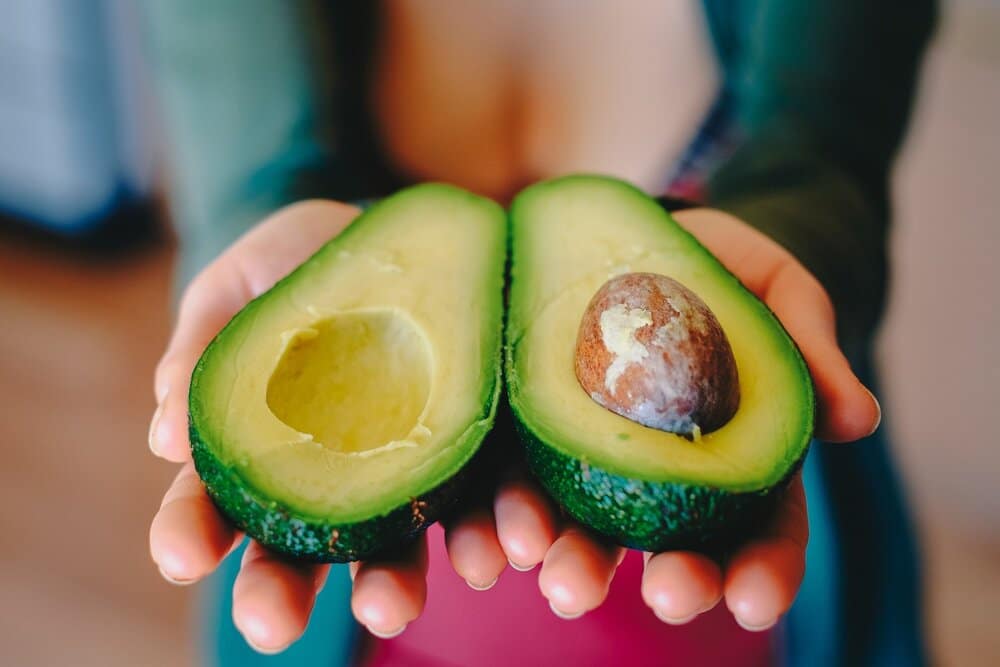Let’s be real—nobody likes the word “diet.” It’s one of those words that comes with baggage, like the promise of eating only lettuce and misery for weeks on end.
The problem with dieting is simple: you start one, you stop one, and before you know it, you’re back where you began—sometimes with a few extra pounds you didn’t bargain for.
That’s why it’s time to quit messing around with diets and start talking about something that actually works: Lifestyle Changes for Lasting Health.
Fad Diets: The Quick Fix That Doesn’t Stick
We’ve all heard the buzz about fad diets—those crazy plans where you eat nothing but cabbage soup, drink juice for days, or survive on fruit like you’re living in the Garden of Eden.
And sure, these plans can help you drop a few pounds fast, but there’s a catch. The moment you get tired of eating like a rabbit and start living like a human again, the weight comes roaring back, often bringing some friends.
The British Dietetic Association even backs this up, warning there’s no magic diet that doesn’t carry some risk.
Basically, fad diets are like those late-night infomercials—they sound too good to be true because they are.
Why Lifestyle Changes Beat Diets Every Time

So, what’s the alternative? It’s simple—ditch the word “diet” altogether and think “lifestyle change.”
If you want to lose weight and keep it off, forget the quick fixes and make small, sustainable changes.
Experts say you should aim to lose about 5 to 10% of your starting weight, and the best way to do that is nice and slow, about 0.5 to 1 kg (1 to 2 lbs) a week. This usually means cutting back 500 to 600 calories a day from what you’d normally eat.
It’s not as scary as it sounds. For most men, maintaining weight means eating about 2,500 calories a day; for women, it’s around 2,000.
But don’t go slashing your calories left and right without talking to your doctor first. Seriously, check in with a professional so you don’t end up passing out in the produce aisle.
Easy Changes You Can Make Right Now
Here’s where the rubber meets the road—making practical, easy changes you can actually stick to.
Start by swapping out the processed stuff for whole grains. Wholemeal bread, brown rice, and whole wheat pasta take longer to digest, which means you feel fuller longer and aren’t tempted to eat everything in sight come 3 p.m.
And let’s not forget the classic advice: eat at least five portions of fruits and veggies every day. Yeah, you’ve heard it a million times, but it’s because it works.
Also, try this little trick—when you think you’re hungry, drink a glass of water or have a cup of tea first. You’d be surprised how often your body confuses thirst with hunger.
If you’re a fan of sugary sodas or those triple-mocha-whipped-something lattes, start swapping them out. A fizzy drink can easily become sparkling water with a splash of lemon.
And remember, alcohol is sneaky when it comes to calories. Cutting back on booze a bit can really help trim things down without feeling like you’re sacrificing.
Another smart move? Use a fitness tracker like MyFitnessPal. This app turns logging food into a game (literally), making it easier to keep track of what you’re eating. It’s like having a personal coach in your pocket, minus the whistle and yelling.
A New Way to Think About Food

At the end of the day, Lifestyle Changes for Lasting Health are about more than just numbers on a scale—they’re about finding a better way to live.
It’s not about punishing yourself with diets that are impossible to stick with. It’s about making little adjustments that add up over time and help you enjoy food without the guilt.
So, skip the fads and focus on changes you can keep up with. Your body—and your sanity—will thank you.





